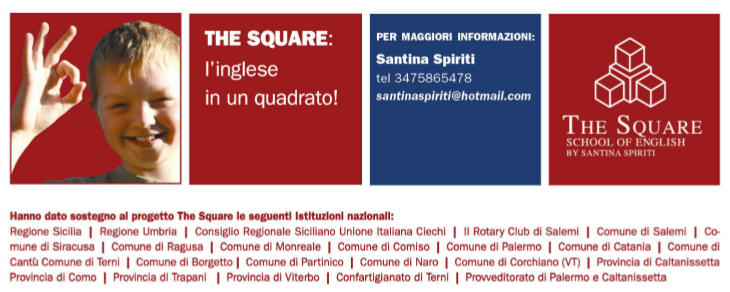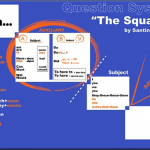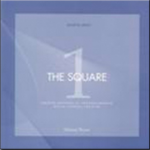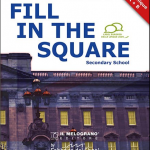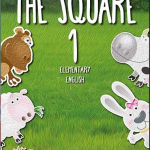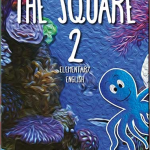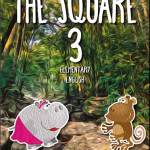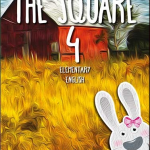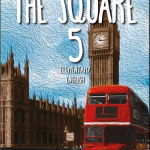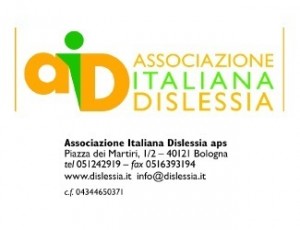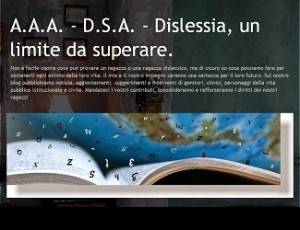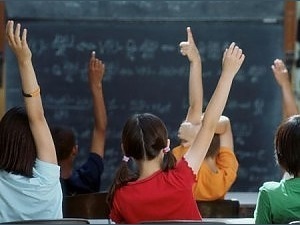|
|
||
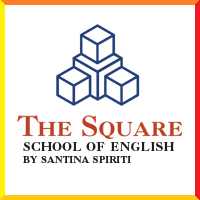 |
THE SQUARE – SSD & SESvisual learning for students with DSA – by Santina Spiriti |
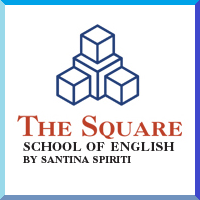 |
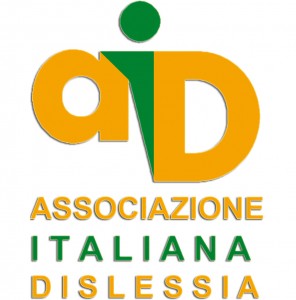 In cases of SLD, the method contribution is irreplaceable. The care applied along the design process, as well as throughout the whole creative and editorial arch , to the project “The Square”, is easy found in the analysis of the excellent results obtained in more than 10 years of study and experimentation. The author has always considered her priority the satisfaction of students and faculty, of course the accident with a rapid growth of consepovolezza the study works, and has therefore directed its efforts at overcoming some barriers that slow down stem, blocking in some cases, willingness to apply, to learn. Taking into account, durante la stesura dei testi e del materiale didattico, of the many efforts which those who study a foreign language is submitted, Santina spirits has succeeded in the difficult task of combining with creativity and geometrical rigour the harshest rigors of English syntax in a Visual Paradigm, that simplifies and accelerates the language learning. Just leveraging Gleanings typically the transition from one language to another , “The Square” deconstructs , separates, and re-deliver ready to use, English syntax .
In cases of SLD, the method contribution is irreplaceable. The care applied along the design process, as well as throughout the whole creative and editorial arch , to the project “The Square”, is easy found in the analysis of the excellent results obtained in more than 10 years of study and experimentation. The author has always considered her priority the satisfaction of students and faculty, of course the accident with a rapid growth of consepovolezza the study works, and has therefore directed its efforts at overcoming some barriers that slow down stem, blocking in some cases, willingness to apply, to learn. Taking into account, durante la stesura dei testi e del materiale didattico, of the many efforts which those who study a foreign language is submitted, Santina spirits has succeeded in the difficult task of combining with creativity and geometrical rigour the harshest rigors of English syntax in a Visual Paradigm, that simplifies and accelerates the language learning. Just leveraging Gleanings typically the transition from one language to another , “The Square” deconstructs , separates, and re-deliver ready to use, English syntax .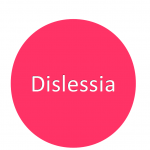 Created to facilitate the startup of English learning , or as supplementary training for afterschool, “The Square” project has evolved to be one of the most popular methods for school teaching, or private teaching. The evolution of the project has kept its original intentions , to vocative boost that in very short time allowed the author, Santina Spiriti, to put on paper a new educational scheme, a playful approach to the study, che attraverso un semplice intervento metodologico abbatte i più comuni ostacoli all’apprendimento della lingua.
Created to facilitate the startup of English learning , or as supplementary training for afterschool, “The Square” project has evolved to be one of the most popular methods for school teaching, or private teaching. The evolution of the project has kept its original intentions , to vocative boost that in very short time allowed the author, Santina Spiriti, to put on paper a new educational scheme, a playful approach to the study, che attraverso un semplice intervento metodologico abbatte i più comuni ostacoli all’apprendimento della lingua.
“È molto importante che i bambini italiani abbiano una certa padronanza of spoken English, before introduce the written English language. Should possess a vocabulary including at least nouns, pronouns, the verbs ( "to be" and "to have" ) pub. be able to produce some short sentence. "
Pamela Kvilekval, 2007
Specific Learning Disorders & Special Educational Needs
The method “The Square – by Santina Spiriti” for teaching English has established itself, through years of experimentation, as a preferred choice in training cases that require particular attention to the Special educational needs of students. In addition to providing educational pattern of rapid effectiveness, the formative offer by The Square provides, both to students and teachers, solid targeted tools, anchored to the result, cleaned up from every cognitive annexation secondary that not learning English grammar and syntax.
REFERENCES - OPEN "TEACHING/LEARNING FOREIGN LANGUAGES AND SLD" "TEACHING/LEARNING FOREIGN LANGUAGES AND SLD" link: A limit to overcome
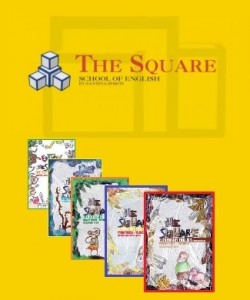 THE BOOKSERIES “THE SQUARE”
THE BOOKSERIES “THE SQUARE”

How we learn a foreign language si consiglia la consultazione dell’ottima relazione di Laura Bravar “Insegnamento della lingua straniera a studenti con Dyslexia: theoretical consideration and practical aspects.” (LINK) How we learn the languages? 1) Through imitation : Mirror neurons are activated not only when a subject does an action, But even when he sees another person performing an action. (Rizzolati, PhD et al) Learning a (a language also) takes place Thanks to a reproduction Interior which is based on the mechanisms of imitation. 2) Through associative capabilities: The ’ language acquisition is an activity that is associative for excellence, being favored by: – positive emotions (i.e.. mother tongue); – multi-sensory stimuli; – creative activities, interesting and significant; – rhythms, music, dances, nursery rhymes, jingles etc.. easy storing. 3) Through the implicit memory: Implicit memory (incidental/not-declarative): – È probabilmente il tipo di memoria più important and ancient in humans; – Seems to be the earliest form of memory at appear in the child (already present in the fetus and in newborn) and the last to disappear in the old; Features of implicit memory: Implicit memory and acquisition of first language: Implicit memory l ’ the acquisition first language occur early, without effort and regardless of our awareness. Through the implicit memory we learn the Phonological aspects and morpho-syntactic aspects of our language. 4) Through memory explicit declarative/: Explicit memory: – It starts functioning later (after the age of 3 years) because it involves areas of the brain that mature later; – Includes the episodic memory comprising the experiences of our lives, which we can retrieve voluntarily and tell; – Includes semantic memory that relates to the meaning of words and knowledge encyclopedic on the world. Characteristics of explicit memory: 1. Explicit memory works through 3 stages (fixing, storage and recovery) that involve different brain structures. L ’ t learning via the memory requires willingness and caution. 2. The information can be retrieved consciously and described verbally. Explicit memory stores episodic and semantic information. The explicit memory is essential for aware (non-automatic use) of language. In conclusion: You can learn a language using different memory systems Here are the reasons of Italian failure ’ in foreign language learning: Excerpted from: “Neuro language pedagogy: How to teach the languages for children” pub.. Astrolabio, 2004. Author: Prof. Franco Fabbro, Dean of the Faculty of Science of Formation, University of Udine.
Implicit memory:
Explicit memory:
Help for parents of pupils with SEN Clicca sul link di seguito per visualizzare/scaricare la guida specifica per genitori di alunni con bisogni speciali prepared for the M.I.U.R. inter-institutional group for the integration of the USP di Pavia:
Guida per i genitori di alunni con bisogni speciali: Opportunità per l’integrazione
SLD & Special Educational Needs SOURCE: http://hubmiur.pubblica.istruzione.it/web/istruzione/dsaSLD & SEN. THE GUIDELINES OF THE M.I.U.R.

The Square wins the European language Label EUROPEAN LANGUAGE LABEL AWARD 2009 In 2009 the method “The Square” He was awarded the European language label by the European Commission, which has undergone careful examinations the dozens of projects awarding the project participants “The Square – by Santina Spiriti”. – European language Label Award for the project “The Square – by Santina Spiriti” Click here to read full details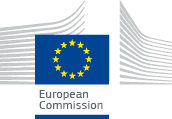
European Commission
NEWS INDEX BY CATEGORY
